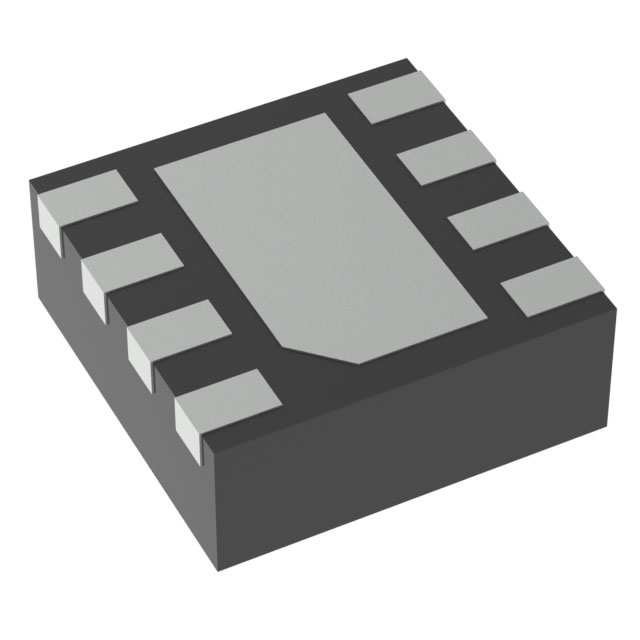MAX931ESA+TG002
Manufacturer No:
MAX931ESA+TG002
Manufacturer:
Description:
INTEGRATED CIRCUIT
Datasheet:
Delivery:





Payment:




In Stock : 0
Please send RFQ , we will respond immediately.









MAX931ESA+TG002 Specifications
-
TypeParameter
-
Supplier Device Package-
-
Mounting Type-
-
Package / Case-
-
Operating Temperature-
-
Hysteresis-
-
Propagation Delay (Max)-
-
CMRR, PSRR (Typ)-
-
Current - Quiescent (Max)-
-
Current - Output (Typ)-
-
Current - Input Bias (Max)-
-
Voltage - Input Offset (Max)-
-
Voltage - Supply, Single/Dual (±)-
-
Output Type-
-
Type-
-
PackagingTape & Reel (TR)
-
Product StatusObsolete
-
Series-
The MAX931ESA+TG002 is a precision, low-power, low-voltage comparator integrated circuit chip. Some of its advantages and application scenarios include:Advantages: 1. Low power consumption: The MAX931ESA+TG002 operates at a low supply current of 1.5μA, making it suitable for battery-powered applications where power efficiency is crucial. 2. Low voltage operation: It can operate at a supply voltage as low as 2.5V, making it compatible with low-voltage systems. 3. Precision performance: The chip offers high accuracy and precision in comparing input voltages, making it suitable for applications that require precise voltage monitoring or threshold detection. 4. Rail-to-rail inputs and outputs: The chip supports rail-to-rail input and output voltage ranges, allowing it to work with signals close to the supply rails, maximizing the dynamic range.Application Scenarios: 1. Battery-powered devices: The low power consumption and low voltage operation of the MAX931ESA+TG002 make it suitable for battery-powered devices such as portable electronics, IoT devices, and wearables. 2. Voltage monitoring: The precision performance of the chip makes it ideal for voltage monitoring applications, such as battery voltage monitoring, power supply monitoring, or overvoltage/undervoltage detection. 3. Threshold detection: The comparator can be used to detect when a voltage crosses a specific threshold, making it useful in applications like window comparators, level detectors, or voltage-controlled switches. 4. Signal conditioning: The rail-to-rail inputs and outputs of the chip allow it to be used for signal conditioning tasks, such as amplification, level shifting, or signal detection in low-voltage systems.It's important to note that the specific advantages and application scenarios may vary depending on the requirements and specifications of the overall system design.
MAX931ESA+TG002 Relevant information









